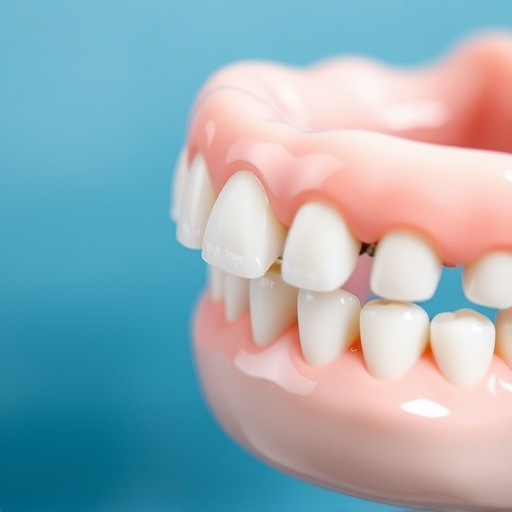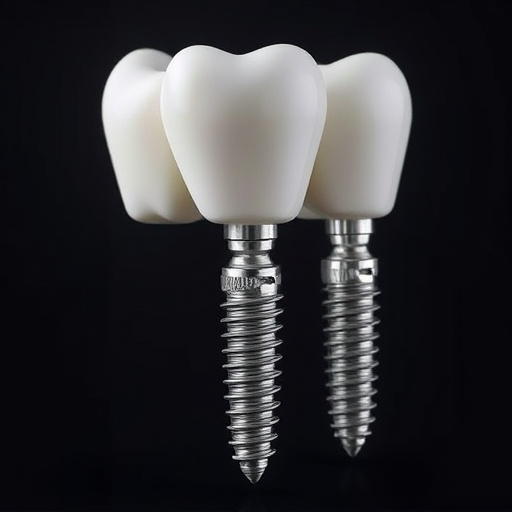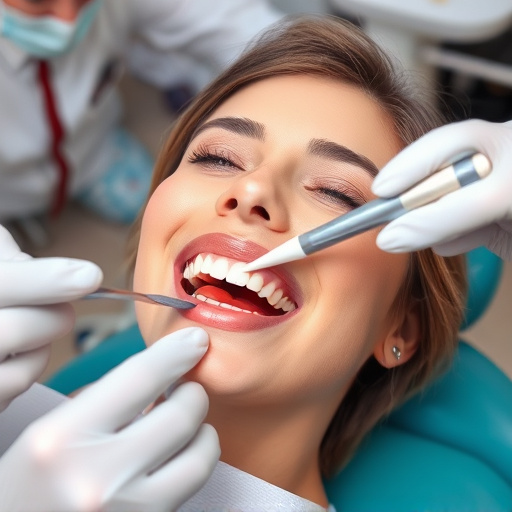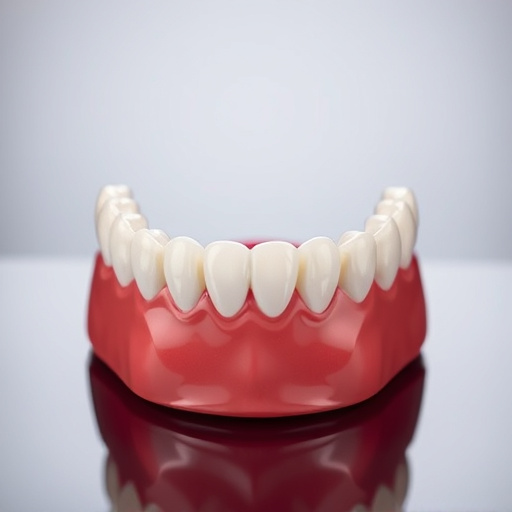Digital dental X-rays have transformed dentistry by providing high-resolution images that detect small abnormalities in bone health and jaw structure, aiding in diagnosing conditions like bone loss or periodontal disease. This modern approach eliminates chemical processing, reduces radiation exposure, and allows for prompt treatment decisions. Digital records can be easily stored and shared, improving patient care continuity. These X-rays are a game-changer in preventive and treatment dentistry, enabling early detection of tooth decay and gum disease, while also assisting in planning procedures like dental implants and clear aligners.
“Unleashing the power of technology in dentistry, digital dental X-rays are transforming bone health assessments and jaw analysis. This modern approach offers a clearer, more detailed view of oral structures compared to traditional methods. By employing advanced digital technology, dentists can now detect subtle changes in bones, identify potential issues early, and make more precise treatment decisions. This article explores the benefits of digital dental X-rays, their role in preventive dentistry, and how they enhance overall oral health management.”
- Understanding Digital Dental X-Rays: The Modern Approach to Bone Health Assessment
- Advantages of Digital Technology in Dental Radiography for Jaw Analysis
- The Role of Digital Dental X-Rays in Preventive Dentistry and Treatment Planning
Understanding Digital Dental X-Rays: The Modern Approach to Bone Health Assessment
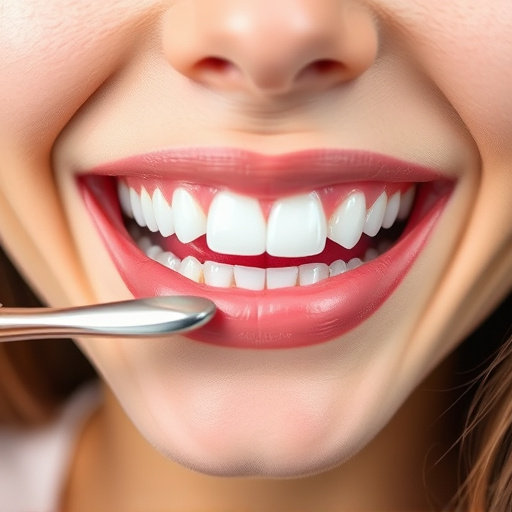
Digital dental X-rays have transformed the way we assess bone health and analyze the jaw structure. This modern approach offers several advantages over traditional film radiography. With advanced technology, digital X-rays provide clearer, high-resolution images that allow dental professionals to detect even the smallest abnormalities. The process involves capturing digital images of the teeth and jaws using specialized sensors, eliminating the need for chemical processing typically associated with film X-rays.
This innovative method offers improved precision in diagnosing conditions like bone loss, periodontal disease, or tooth decay. Moreover, it facilitates better planning for procedures such as tooth repair, dental implants, or clear aligners by providing detailed insights into the underlying bone structure. By minimizing exposure to radiation and streamlining the diagnostic process, digital dental X-rays contribute to a more efficient and effective oral health assessment.
Advantages of Digital Technology in Dental Radiography for Jaw Analysis
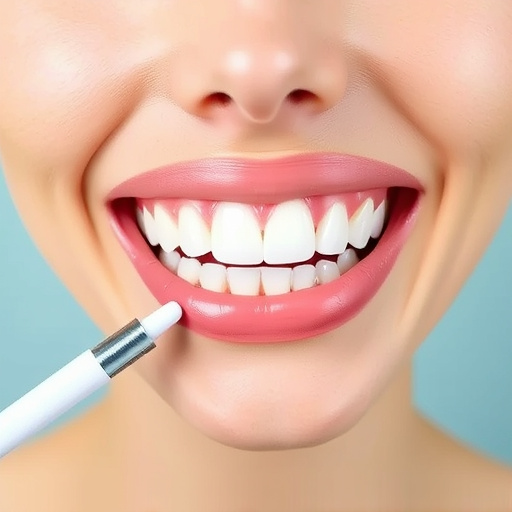
The introduction of digital dental x-rays has revolutionized jaw analysis and bone health assessment in dentistry. This advanced technology offers several advantages over traditional film radiography, making it a preferred choice for many family dentistry and cosmetic dentistry practices. Digital x-rays provide higher image quality, allowing dentists to detect even the smallest abnormalities or changes in bone density. With their superior resolution, these images can reveal crucial details about dental health, including the extent of tooth decay, gum disease, or bone loss.
Moreover, digital dental x-rays offer improved efficiency and convenience. They eliminate the need for chemical processing and developing, reducing the time required to obtain and review radiographs. This faster turnaround allows dentists to make prompt decisions regarding treatment plans, such as recommending dental fillings or other interventions based on precise visual data. Additionally, digital records can be easily stored, accessed, and shared with patients and specialists, enhancing overall patient care and continuity in dental services.
The Role of Digital Dental X-Rays in Preventive Dentistry and Treatment Planning
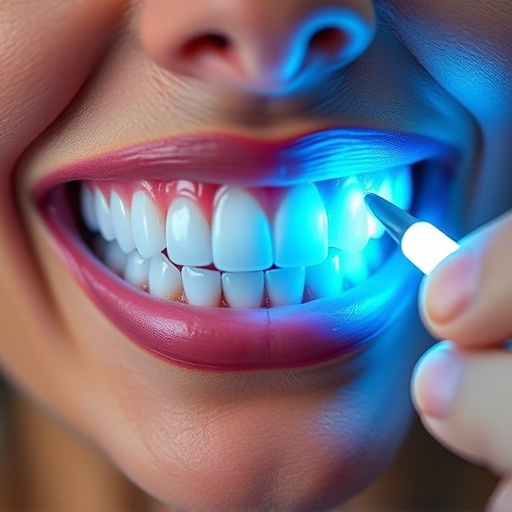
Digital dental X-rays play a pivotal role in preventive dentistry, offering a non-invasive method to monitor and assess oral health. By providing detailed, high-resolution images of the teeth, gums, and surrounding bone structures, dentists can detect potential issues at early stages, long before they become visible to the naked eye. This proactive approach is crucial for preventing common dental problems such as tooth decay, periodontal disease, and even bone loss, which can lead to more serious health complications if left untreated.
In treatment planning, digital X-rays serve as valuable tools, aiding dentists in making informed decisions about patient care. They enable precise identification of impacted teeth, abnormal growths, or damage to the jawbone, allowing for tailored treatments like extractions, implant placements, or cosmetic dentistry procedures such as dental crowns. By minimizing exposure to radiation and providing instant, digital images for review, these advanced imaging techniques facilitate more effective communication between dentist and patient, ultimately enhancing the overall quality of emergency dental care and long-term oral health management.
Digital dental X-rays have revolutionized jaw analysis and bone health assessment, offering numerous advantages over traditional methods. By employing cutting-edge technology, dentists can now gain clearer, more detailed insights into oral structures, enabling effective preventive dentistry and informed treatment planning. The benefits of digital radiography include improved precision, reduced radiation exposure, and enhanced visual clarity, making it a valuable tool for maintaining optimal oral health.








